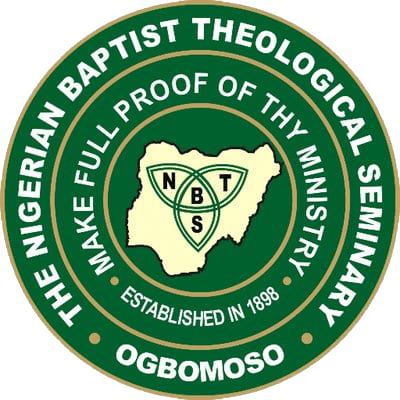Text: John H. Sammis
Music: Daniel Towner
Genre: Hymn
Language: English; translated in Yoruba (also available in Igbo, and Hausa)
Scripture References: Genesis 5:24; Exodus 19:5; Deuteronomy 11:26-28; 1 Samuel 15:22; Psalm 37:3; Proverb 16:20; Matthew 11:28-30; Luke 11:28; John 14:1; 15:4-5; Romans 12:1-2; 16:26; James 2:17, 26
Liturgical Uses/Seasons: Advent, Commitment/Response, Easter, Epiphany, Lent
Themes: Obedience
A young man who had just given his life to Christ at one of D.L. Moody crusades in 1887 was reported to be heard saying, “I am not quite sure – I am going to trust and obey.” Professor Daniel B. Towner, a music director of D. L. moody Institute together with John Sammis who were present at the revival meeting were privilege to hear this young man’s expression. Both of them worked as a team in composing the hymn to the young man’s statement, “Trust and Obey.” Sammis developed the lyrics while Towner composed the tune. This experience was a very interesting one. How I wish that the worship leaders in our days have listening ears to the cries and struggles of both newly converted and disciples of Christ and act promptly the same way Towner and Sammis did. Such response may be through music but not limited to it in order to help our generation and those coming after us. Perhaps we would not have heard about the song, “Trust and Obey” if not for this unknown young man’s uttered words and the attention and interest of Towner and Sammis in putting it down as music. The song has been one important hymn and has had significance in Nigerian churches, chapels, seminaries, and mission colleges today. It challenges Christians to always trust God for all things and obey every instruction He gives us without delay, complaints, or hesitation. It also assures us of many rewards and blessings that are attached to obeying God’s words.
The hymn is usually sung at the end of the sermon delivery as a hymn of response, dedication, commitment, and renewal of vows. The hymn is sometimes used in worship with musical instruments accompanying it. An electronic keyboard or organ with saxophone or trumpet and soft play of drum sets are incorporated with the song to allow worshipers to reflect on the message it conveys. The hymn has even been performed as an anthem during choir ministration. This writer has used it in teaching students in her Christian Hymnody class. It has been explored for a variety of purposes like hymn interpretation, hymn symposium, hymn preaching, hymn festival, and hymn drama in some of my classes at the Nigerian Baptist Theological Seminary, Ogbomoso, Oyo State, Nigeria. Several denominations have this hymn in their hymnals. The Methodist, Baptist, Christ Apostolic Church, Cherubim and Seraphim, Redeemed Christian Church, Living Faith, and several others. For instance, the Baptist denomination has it in various hymnals like 1956, 1991, 2001, 2008, editions, and Broadman Hymnal.
The hymn has Yoruba, Igbo, and Hausa translations. The attached copy here is both English and Yoruba versions produced by Engr. David Aroyehun, a Baptist member of Sabo Oke, Ilorin, Kwara State, Nigeria.
Contributed by Ayobami Ayanyinka


